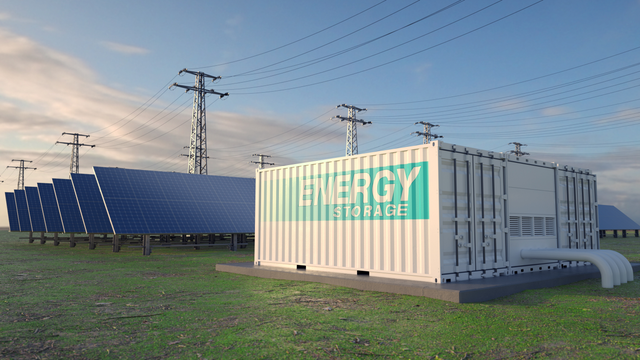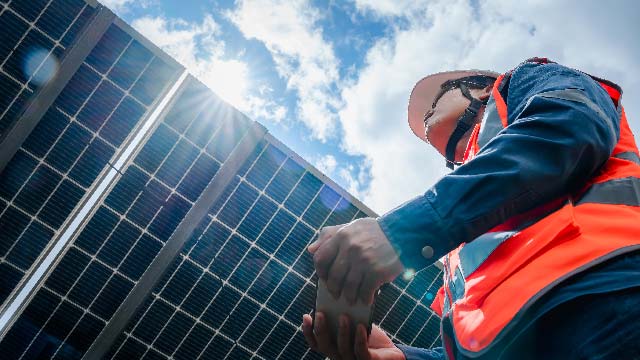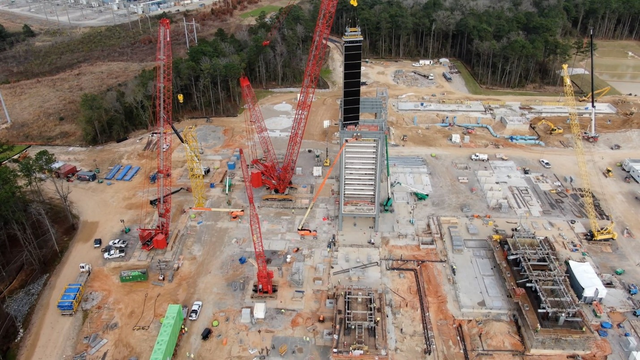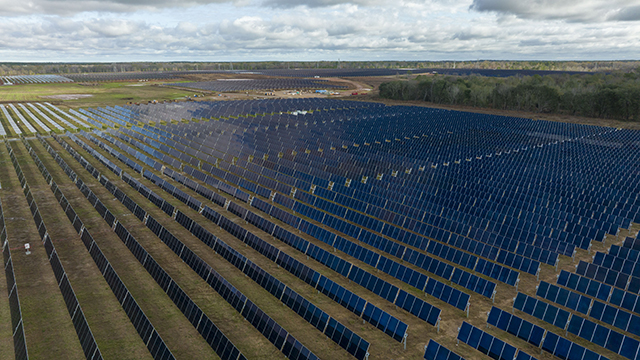Viewed a half century ago as the energy source of the future, hydrogen applications are emerging as a critical and viable solution to help companies across many sectors achieve their decarbonization goals.
Some proof: The world’s largest hydrogen energy hub is under construction in Utah, with Black & Veatch supplying its key expertise. The U.S. Department of Energy has guaranteed a half-billion-dollar conditional loan guarantee for that planned green hydrogen hub meant to convert renewable power to hydrogen, store it underground and use it to generate power. The first customer of that Advanced Clean Energy Storage project will be the Intermountain Power Agency (IPA) — the power supplier to Utah and Los Angeles. Also underway at IPA is the first power plant conversion to 100 percent hydrogen by 2045.
With that as context, we examine the role that hydrogen — as well as wind, solar, natural gas and batteries for storage — will play as the industry continues to sharpen its focus on achieving decarbonization at scale.
What about other sources? Where does nuclear fit in? And what about carbon capture? Utilities, asset owners and companies across sectors are undertaking concerted efforts to analyze which technologies and low-carbon fuels will allow them to achieve their emissions reduction goals, and the answers may be different depending on portfolio, risk appetite and geography. But what’s undeniable is that the industry finally has reached a consensus understanding that decarbonization must happen — and soon.
Our survey of some 250 U.S. power sector stakeholders for Black & Veatch’s 2022-2023 Electric Report shows that now more than ever, utilities are feeling significant pressure from multiple external sources — including policy makers, customers, regulators, and investors (in that order) — to get it done. (Figure 11)

With the “Inflation Reduction Act” — signed into law Aug. 16 by President Joe Biden — and its clean energy provisions now a matter of policy, additional funding and tax credits to allow firms to further accelerate the pursuit of lower-carbon fuels and technologies have been formalized.
The Biden administration’s goals are ambitious: Get the United States to 100 percent clean electricity by 2035, with net zero emissions by 2050. But how do we get there?
Outlook: Renewables Rule, With Hydrogen the Rising Star
Electrification increasingly has been a focus to deliver power from a range of renewable energy resources and low-carbon fuel sources. That’s particularly true when considering transitioning fleet and passenger vehicles away from the combustion of fossil fuels. However, substantial reforms are required to address challenges such as aging infrastructure and onerous interconnection queues.
Survey respondents view the role of electrification as complementary to other low-carbon fuels and technologies. However, the timeline and runway to transition to low-carbon fuels and carbon capture solutions, while under review by most companies, vary across different planning horizons. Roughly 40 percent of survey respondents currently are not incorporating non-electric means of decarbonization as complementary to their electrification, due to commercial viability and investment returns. (Figure 12) Promisingly, that number has decreased from past surveys.

Hydrogen, as previously mentioned, is one alternative fuel that will be an important consideration as companies look across their portfolio, assets and trade-offs. As a leader in the hydrogen power generation industry, Black & Veatch is bullish on its potential but also recognizes that adoption of the technology has not yet been demonstrated to be advantageous on technical and economic bases across a wide spectrum of geographies. Perhaps unsurprisingly, many survey respondents are continuing to take a wait-and-see approach, with more than 41 percent saying that hydrogen “might or might not” be a viable means of long-duration energy storage compared to more traditional technologies. That said, survey respondents also shared their growing around hydrogen as an alternative fuel to facilitate low-carbon energy storage and power generation, with another 41 percent saying that hydrogen will “definitely” or “probably” become a viable alternative. (Figure 13)

Respondents expect that solar (83 percent), natural gas (77 percent) and making traditional fossil-fueled generation more efficient (69 percent) will be the top three methods for meeting clean energy goals over the next decade. Looking further into the future beyond 10 years, however, respondents predict that batteries (51 percent), long-duration energy storage (64 percent), hydrogen (59 percent) and renewable natural gas (31 percent) will emerge as the leading preferred sources.
Another alternative — nuclear energy resources — represents about one-fifth of the United States’ baseline power — and half of its current low-carbon-emissions energy strategy. When asked which technologies they intend to invest in over the next five years, just 9 percent cited small modular reactors, well below the top choices of solar (64 percent), wind (40 percent) and fleet electrification (39 percent). But looking beyond five years, those modular reactors were picked by one in five respondents.
“The whole world has to lean into getting to net zero and addressing climate change,” Energy Department Secretary Jennifer Granholm told The Associated Press in August. “Nuclear is such a clear part of that. I meet with my counterparts from all over the world, and everywhere people are looking to us to help them reach their goals with nuclear.”
Despite the momentum associated with the Inflation Reduction Act, significant obstacles exist. Chief among them — in addition to the obvious cost-based concerns, cited by 28 percent of respondents — is a lack of infrastructure. In fact, more than 43 percent of respondents see these infrastructure inadequacies as a primary barrier.
Indeed, for hydrogen to actually emerge as a scalable energy source, there must be many places to produce, blend and store it. The same, of course, applies to renewable natural gas.
While meaningful inertia continues to build around next-generation, low-carbon alternatives, the timing of the deployment of these technologies is inextricably limited by the currently slow pace of the development of the infrastructure that allows that technology to be deployed and monetized.
These kinds of technologies are critical for meeting our aggressive decarbonization targets. We are hopeful that new policy enacted by way of the Inflation Reduction Act and other measures will fast-track many of these much-needed infrastructure projects.








